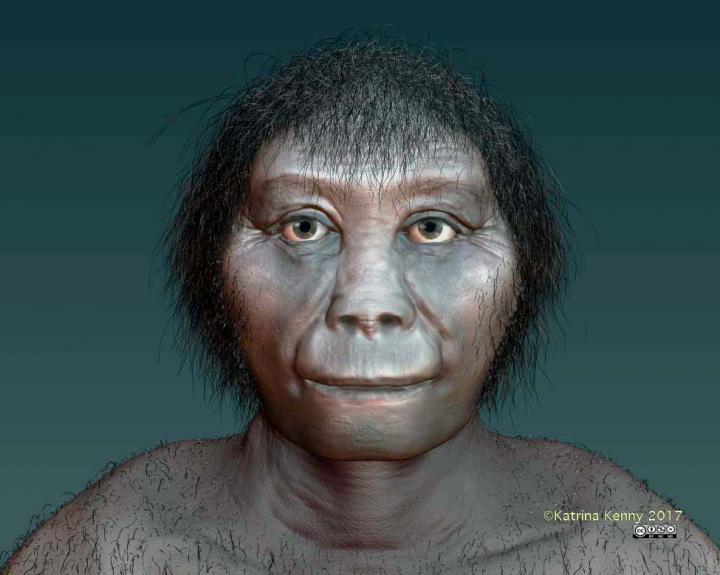New analysis relocates the “hobbit” on the human family tree
Ars Technica » Scientific Method 2017-04-29

Enlarge / Artist's impression of the hobbit. (credit: Katrina Kenny, SA Museum)
The story of how modern humans got to be where we are is constantly changing as new evidence is found. This often forces us to confront the idea that we aren’t as unique as we thought, as we find evidence of behaviors like tool use further and further back in our family tree. New evidence hints that our ancestors may have left Africa—and gone farther from it—than we had thought previously.
A paper currently in press at the Journal of Human Evolution takes a look at how Homo floresiensis, the diminutive “hobbit” species, fits into this picture. Its findings suggest that the hobbit lies further down on the family tree than previously thought, something that would only be possible if our ancestors had migrated out of Africa much earlier than any other data suggested.
Homebodies or wanderers
Our genus Homo may seem to have been pretty determined to get out of Africa. But Homo is a diverse group, a similar level of grouping to the one that places dogs, wolves, foxes, and jackals together in Canis. Across the genus, the migratory history is mixed. Our own species obviously left, probably in more than one wave of migration. But going much further back in time, our cousins Homo erectus, who lived between 2 million years and approximately 70,000 years ago, also left Africa and spread throughout Asia. Other members of our genus appear to have remained on their native continent.